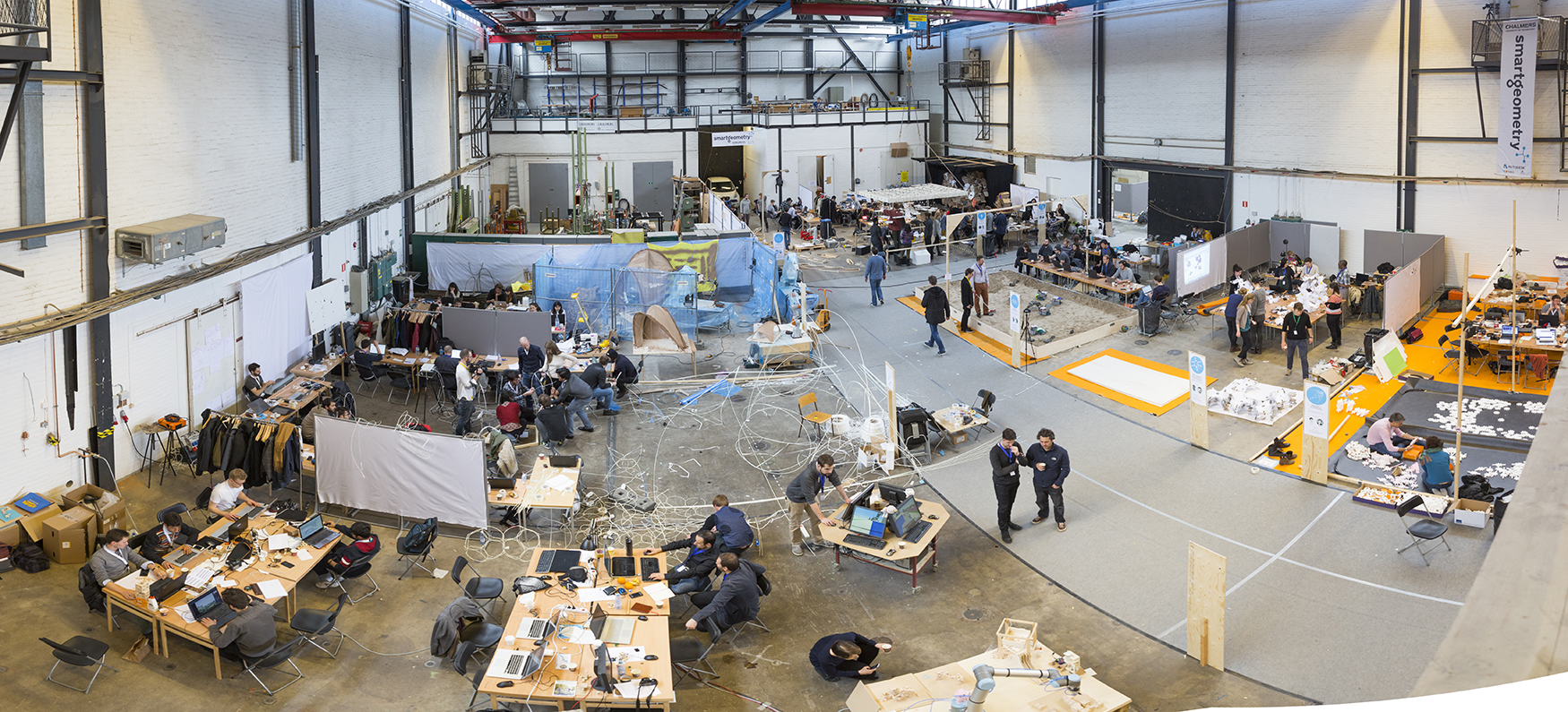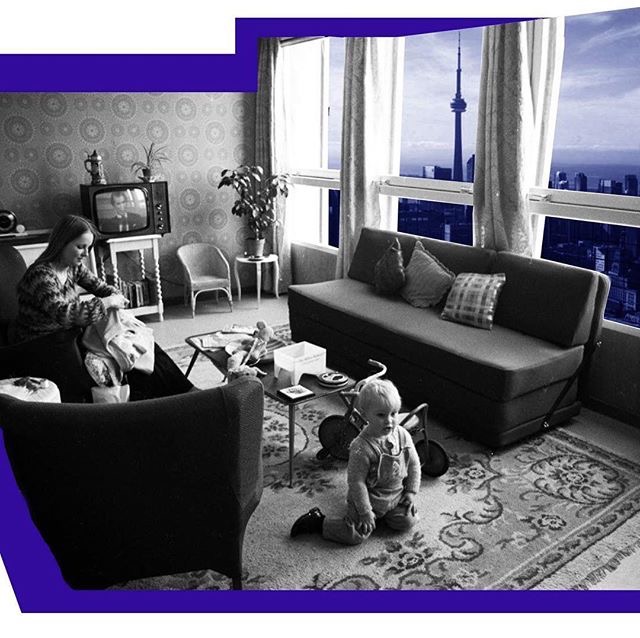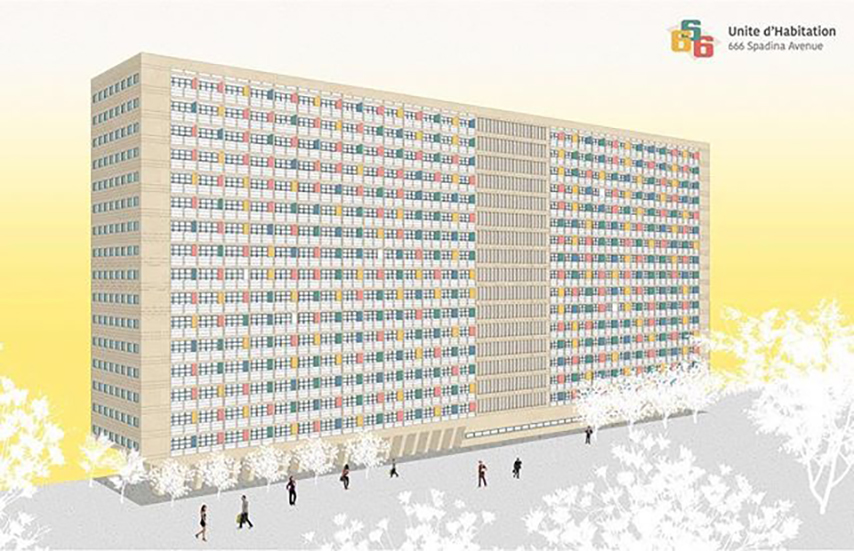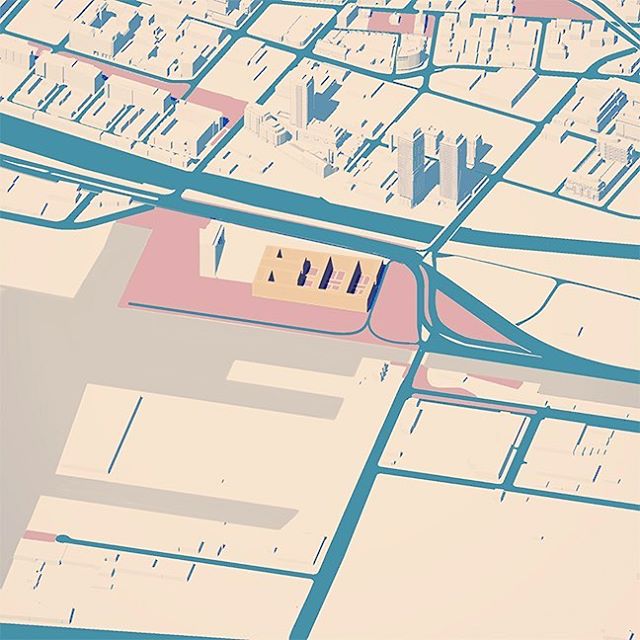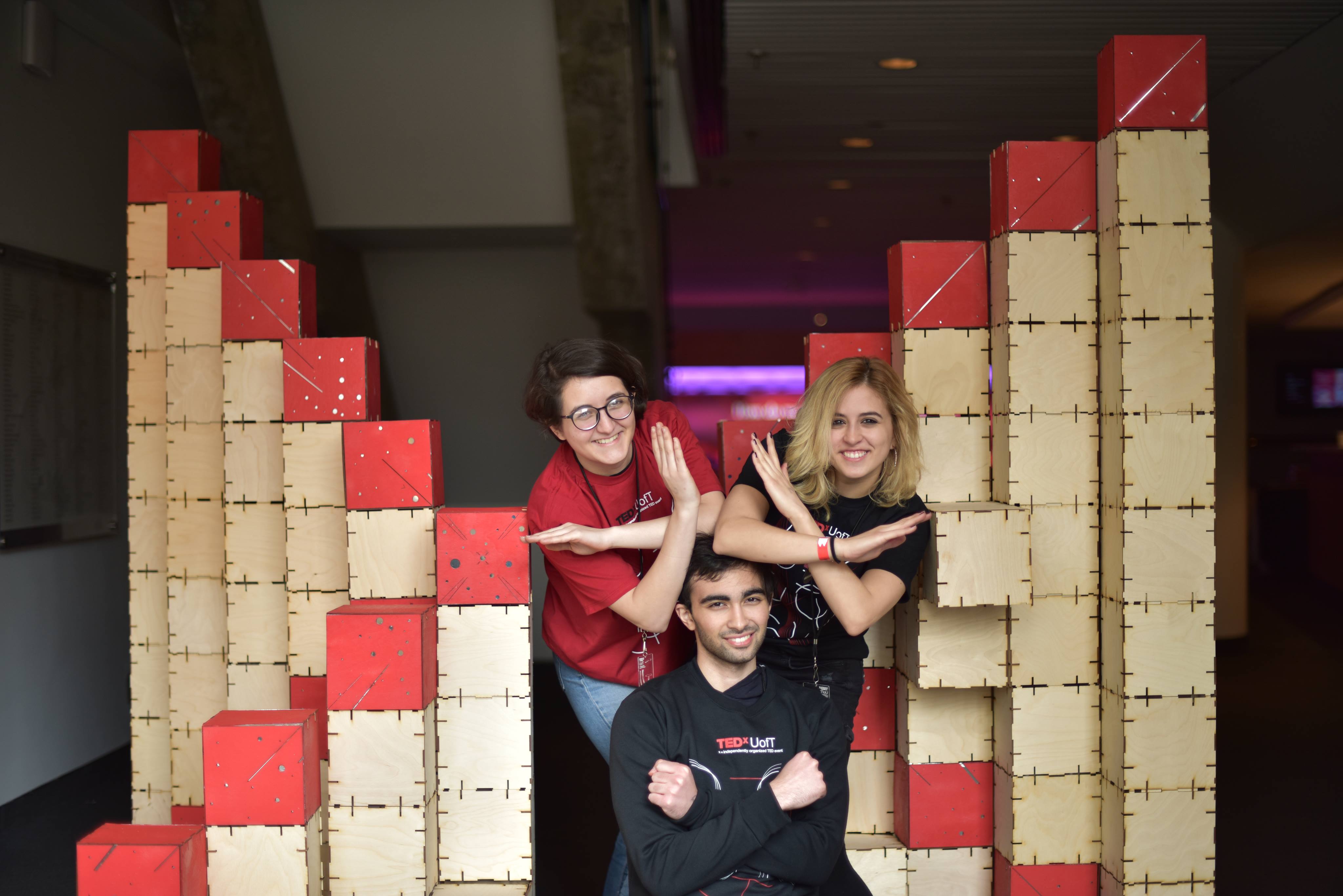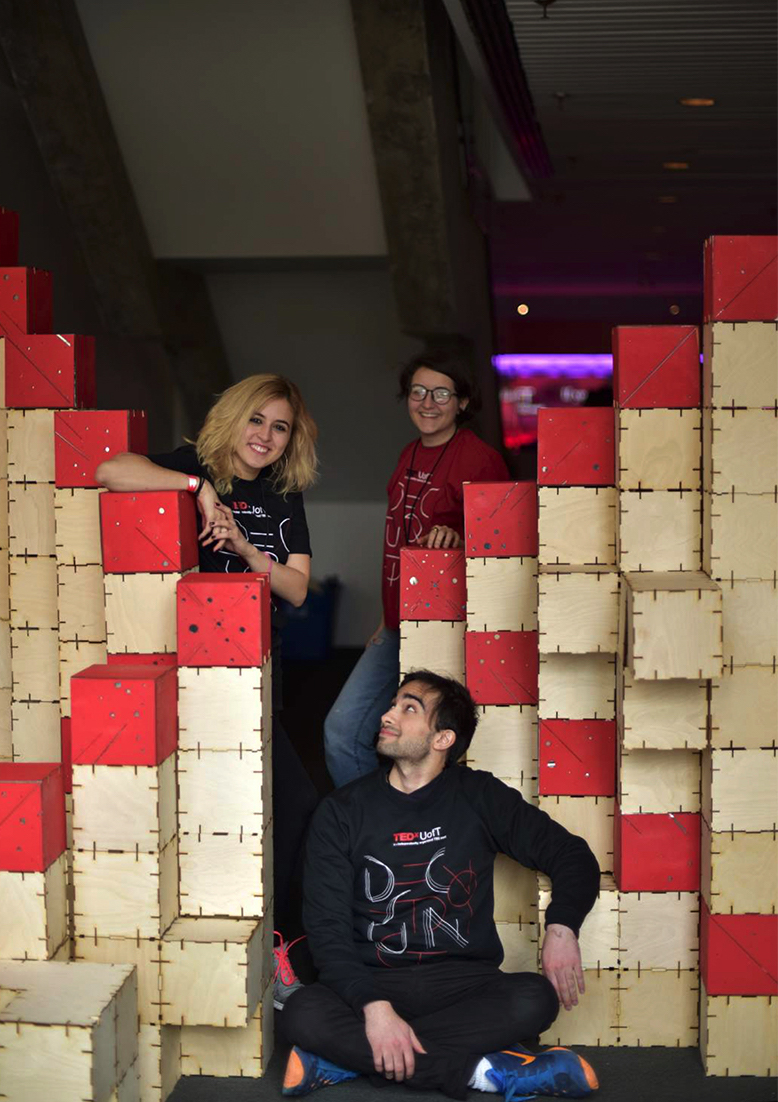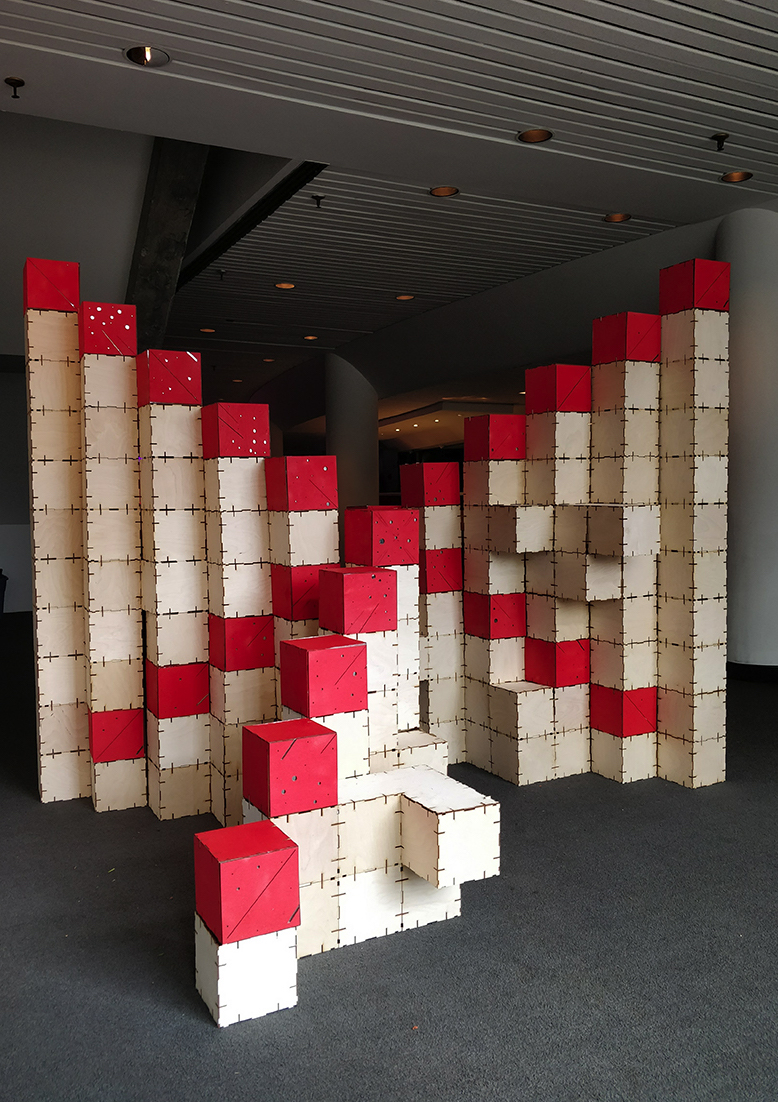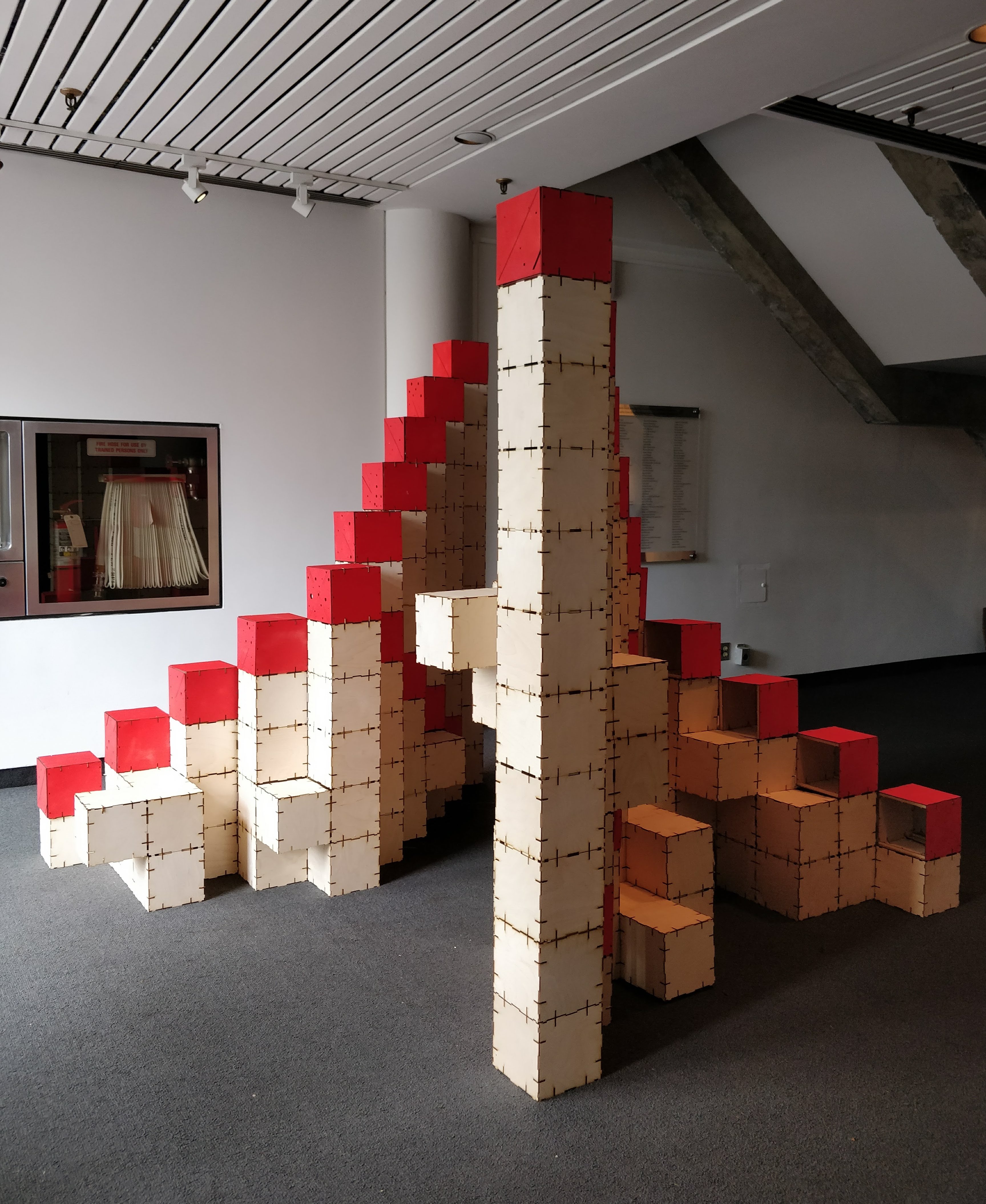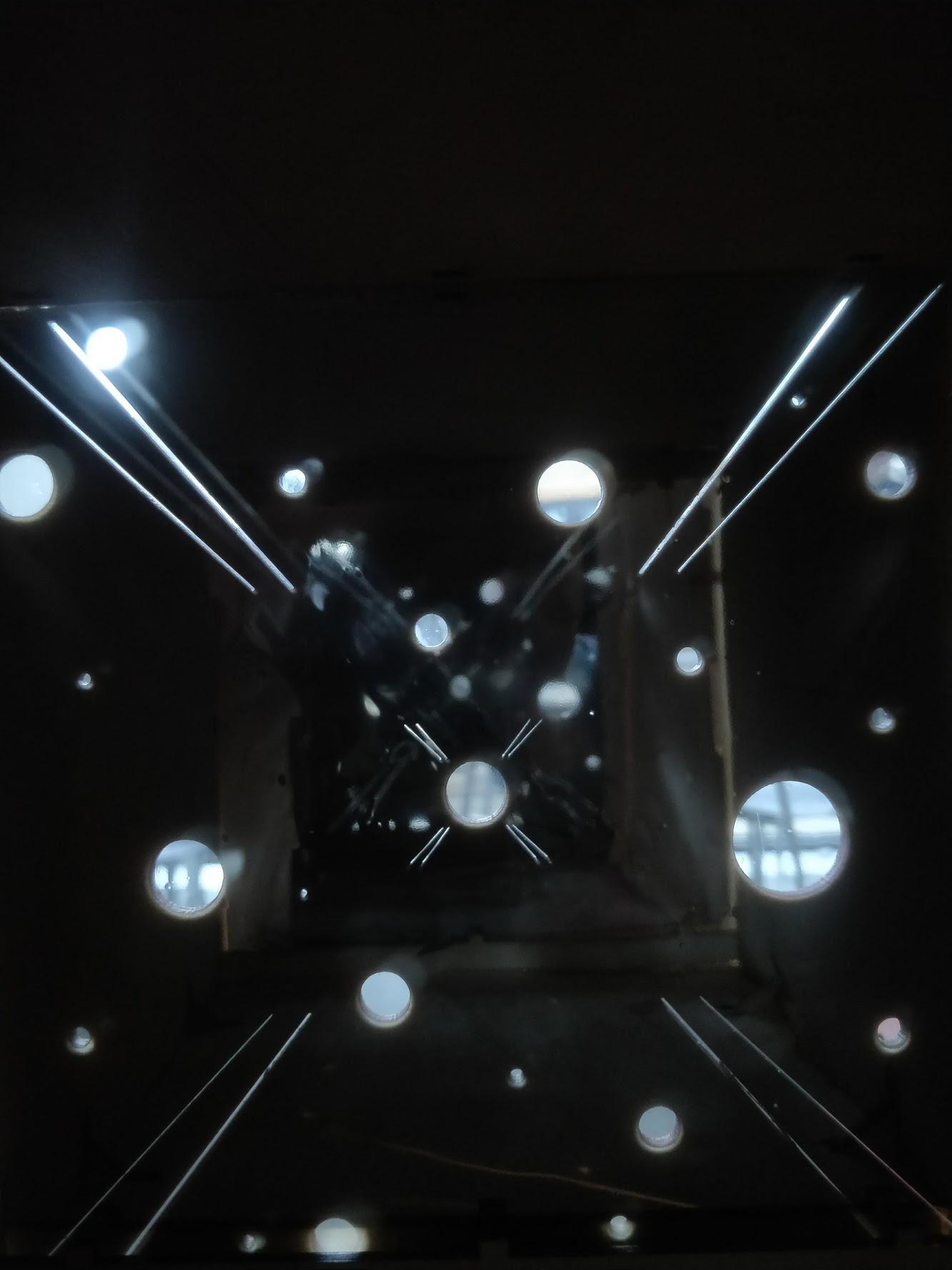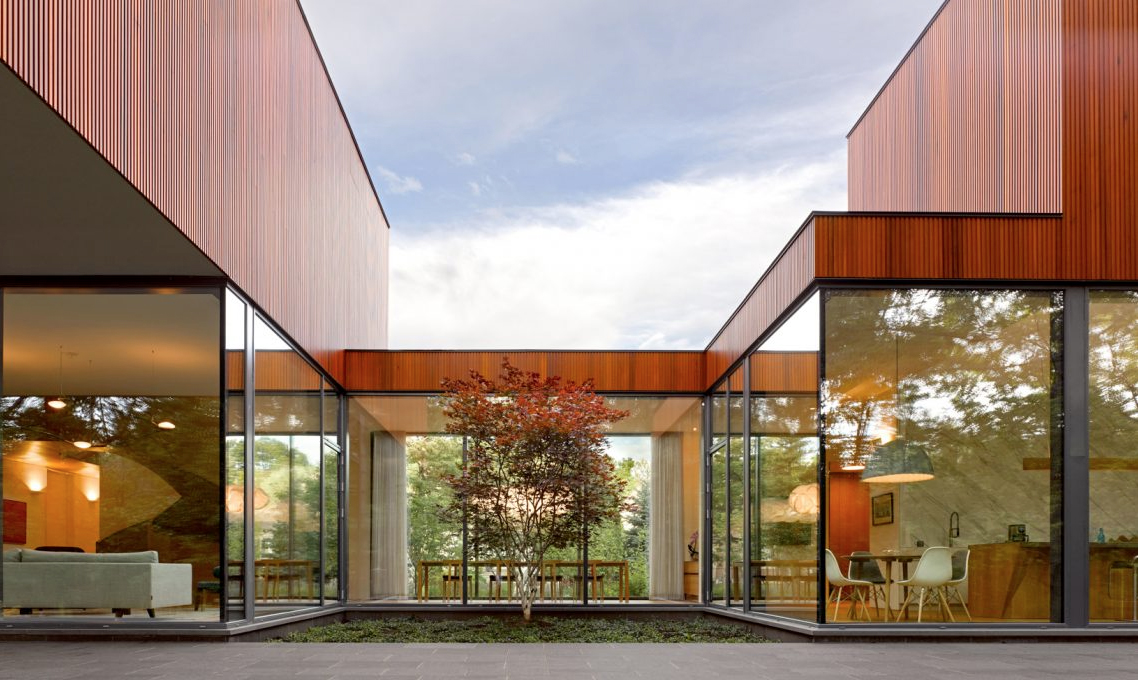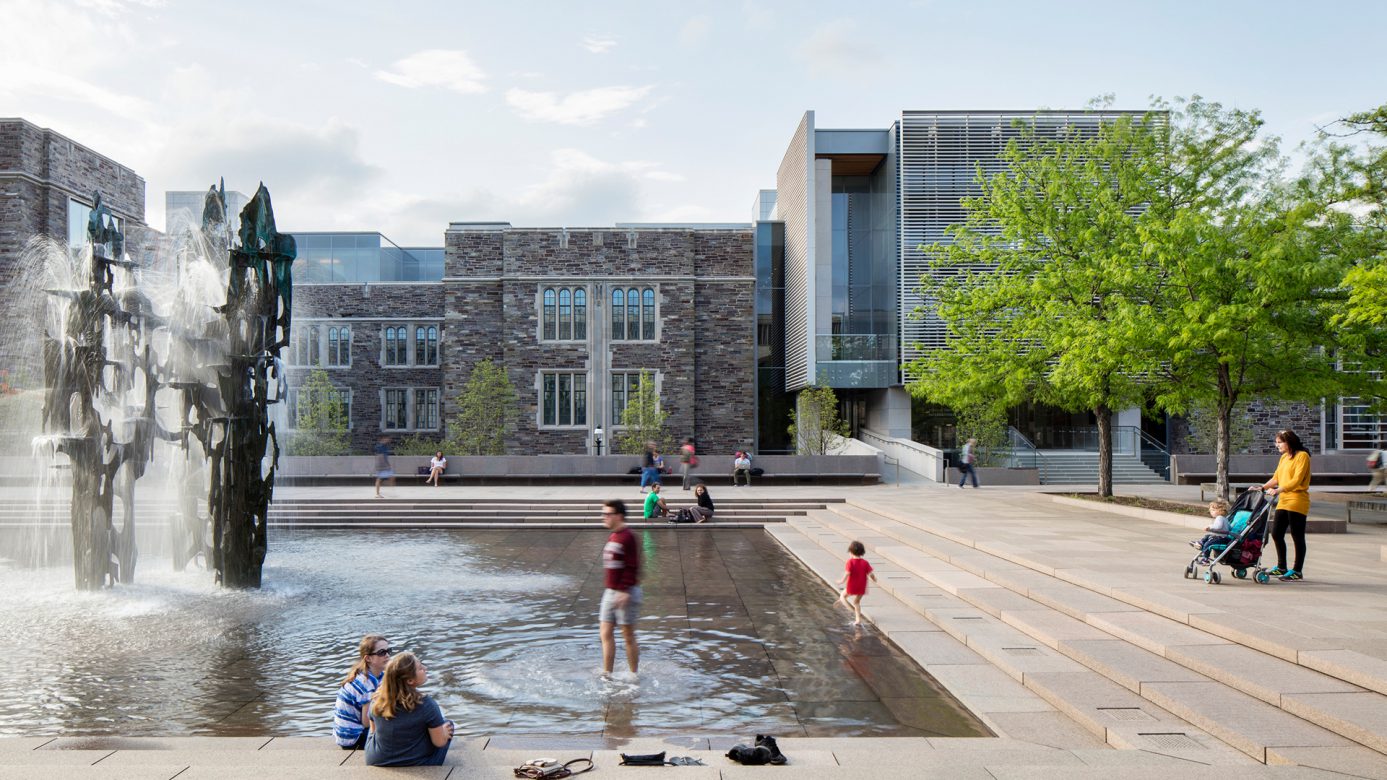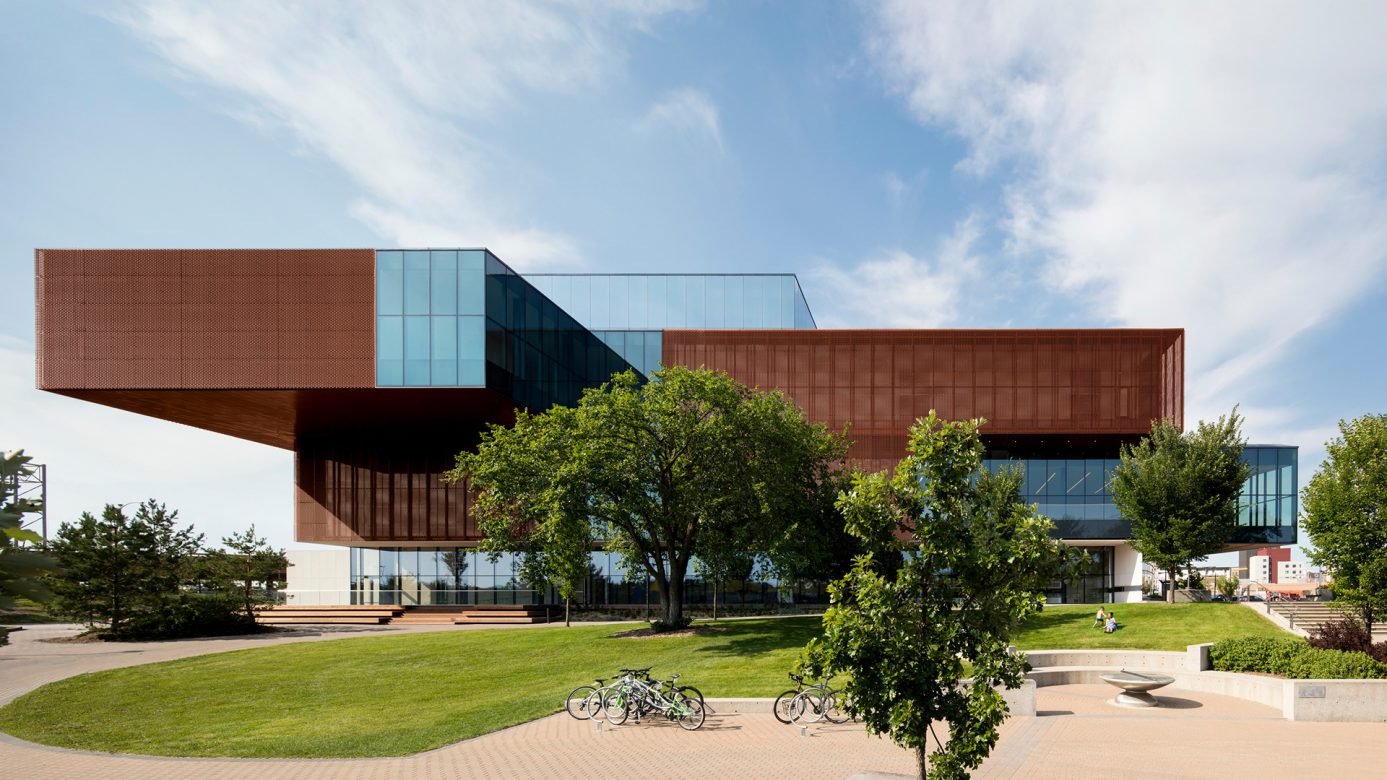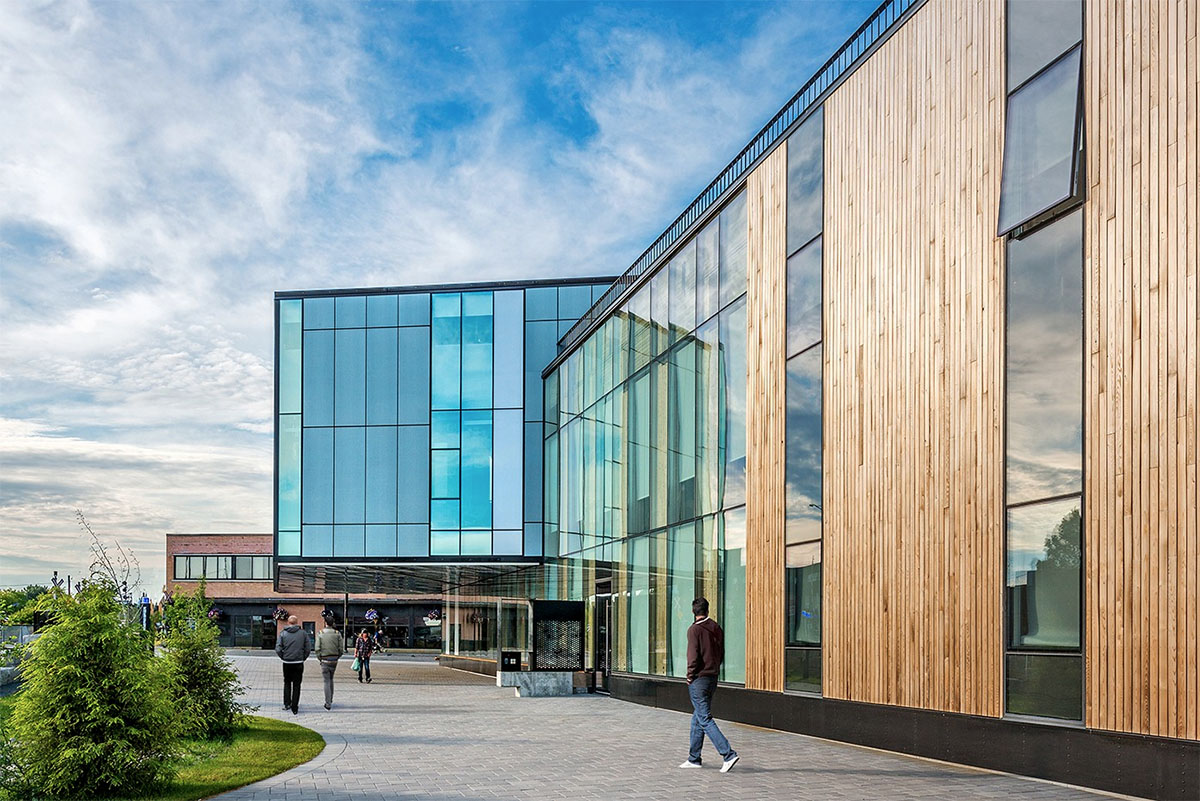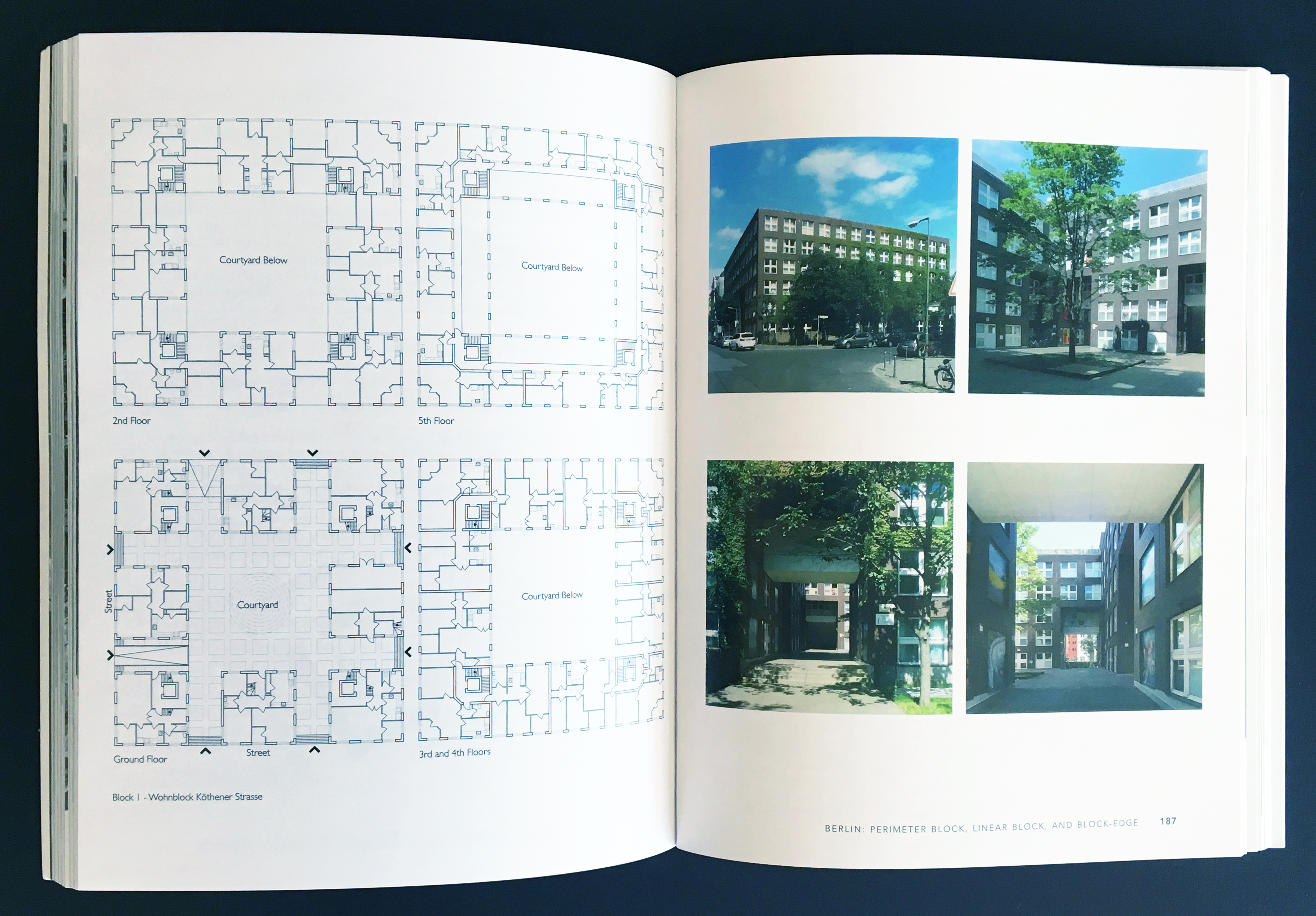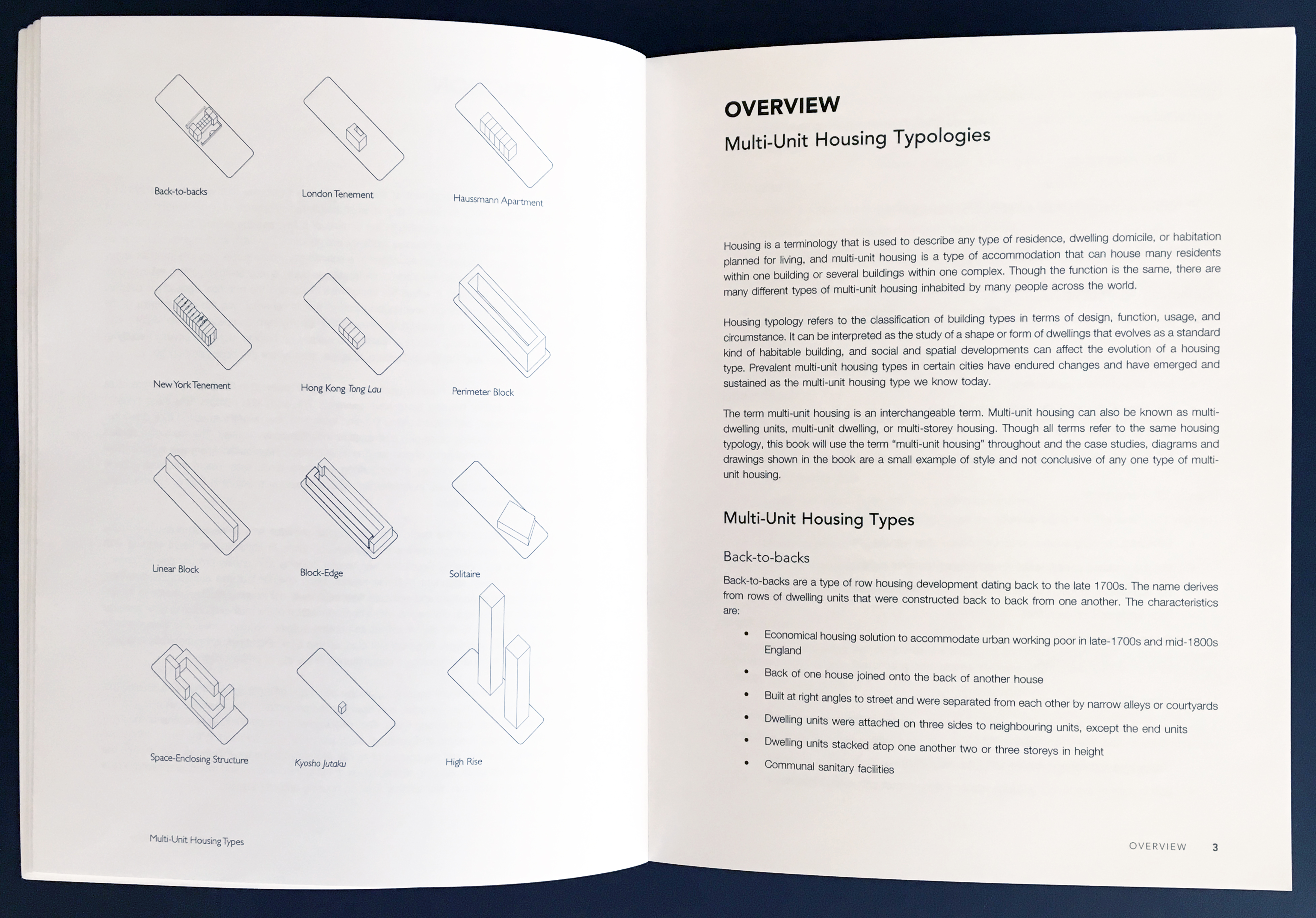Congratulations to Daniels faculty and alumni whose firms have been listed among the finalists for the OAA Design Excellence Awards. A total of 20 projects were shortlisted for the awards.
“The 2018 finalists have set a new standard for excellence in architecture and represent a dynamic range of bold and cutting-edge thinking that architects in our province are fast becoming renowned for. The projects demonstrate exciting new approaches to functionality that enhance the lives of Ontarians, Canadians and global citizens,” said OAA President, John Stephenson. “Once again, I’m pleased that through the OAA Awards we can celebrate the world-class design and vision of architects based in Ontario that are creating and inspiring powerful contributions for our future.”
The finalists were selected from 111 submissions based on the following criteria: creativity, context, sustainability, good design/good business and legacy. Over the month of March, each finalist will be featured on the OAA blOAAg.
Below is a list of the shortlisted projects by faculty and alumni firms. (Listed in same order as the photos in the gallery above.)
Bahá’í Temple of South America
Santiago, Chile
By Hariri Pontarini Architects, the firm of David Pontarini (Barch 1983) and Siamak Hariri
House on Ancaster Creek
Ancaster, ON
By Williamson Williamson Inc., the firm of Associate Professor Shane Williamson, director of the Faculty's Master of Architecture program, and Betsy Williamson
Collaborative Greenhouse Technology Centre
Vineland, ON
By Baird Sampson Neuert Architects Inc., the firm of Professor Emeritus George Baird and Professor Barry Sampson
Alta Chalet
Town of the Blue Mountains, ON
By Atelier Kastelic Buffey Inc., the firm of Kelly Buffy (MArch 2007) and Robert Kastelic
Casey House
Toronto, ON
By Hariri Pontarini Architects
Environmental Science and Chemistry Building, University of Toronto, Scarborough
Scarborough, ON
By Diamond and Schmitt Architects Incorporated, the firm of Donald Schmitt (Barch 1977) and A. J. Diamond
National Arts Centre Rejuvenation
Ottawa, ON
Diamond and Schmitt Architects Incorporated
Julis Romo Rabinowitz Building & Louis A. Simpson International Building, Princeton University
Princeton, NJ, USA
By KPMB Architects, the firm of Bruce Kuwabara (Barch 1972), Shirley Blumberg (Barch 1975), and Marianne McKenna
Kellogg School of Management, Northwestern University
Evanston, IL, USA
By KPMB Architects
Remai Modern
Saskatoon, SK
By KPMB Architects (Design Architect) and Architecture49 Inc. (Architect of Record)
McEwen School of Architecture/ École d’architecture McEwen
Sudbury, ON
By LGA Architectural Partners Ltd., the firm of Janna Levitt (BArch 1986) and Dean Goodman (BArch 1983)
Visit the OAA website for a complete list of the shortlisted projects.
::::::::::::::::::::::

In other OAA news, John Stephenson (Barch 1978) has been elected to serve as OAA President for a second one-year term.
From the OAA press release:
Stephenson is one of the founding partners of FORM Architecture Engineering, the largest architectural practice in Northwestern Ontario, established in 1986 as Kuch Stephenson Architects. After receiving his Bachelor of Architecture from the University of Toronto’s Faculty of Architecture, he worked as an intern architect in Toronto, before relocating to Northwestern Ontario in 1980, where he continued his internship with Graham Bacon Welter Architects & Consulting Engineers prior to beginning his practice in Thunder Bay.
As OAA president, Stephenson is committed to building a strong profession that is valued and empowered to serve the public interest through excellence in design and professional practice.
“In addition to design excellence, the key to achieving this goal is recognizing that effective project and risk management is central to the architect’s role today,” he says.
Stephenson joined OAA Council in 2013. He had originally served a term in the early 1990s, continuing to volunteer with the Association afterward. Since then, he has participated in several committees, task forces and executive roles, serving as Senior Vice President and Treasurer for the two years prior to becoming President.
During his time on Council, Stephenson has taken part in several new and ambitious initiatives, many of which remain in progress, including the OAA Headquarters Renew + Refresh project, re-imagining the OAA Honours and Awards program, a new media content creation and communication strategy and, in collaboration with ARIDO, considering ways in which the practice of interior design could be regulated under the Architects Act.
Stephenson is particularly passionate about promoting continued public engagement and advocacy by architects on topics such as procurement, housing affordability and the role of the architectural profession in reconciliation with Indigenous peoples.
During his first year as President, Stephenson led the profession in a vigorous campaign refusing to participate in procurement processes that require architects to contract out of their professional obligations. He has also been a vocal advocate for more enlightened employment practices by architects and for the creation of a National Architecture Policy to guide the procurement of architectural services and the creation of a safe, healthy and uplifting built environment for all Canadians.
Congratulations to Stephenson on his election!
